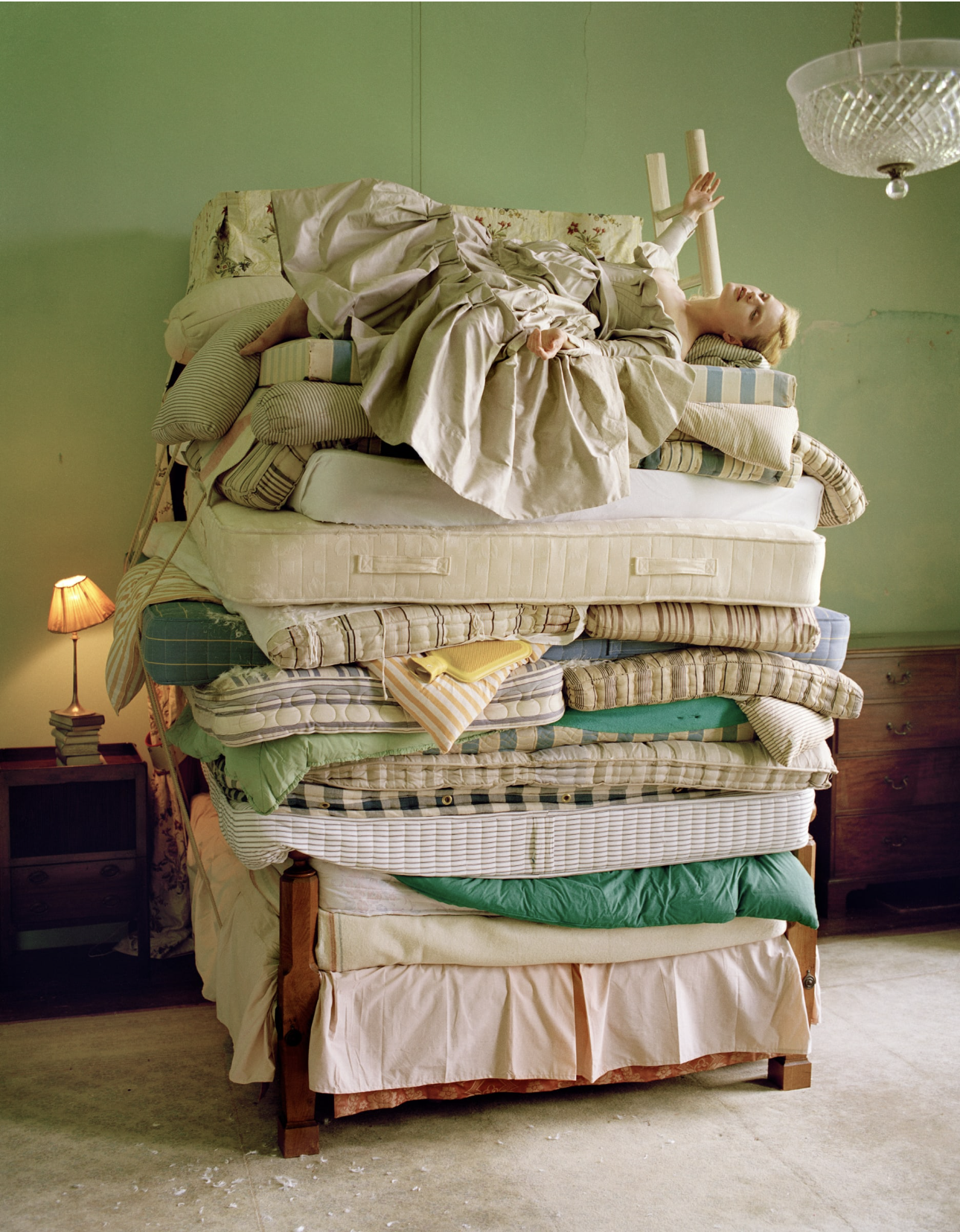
Discover Sonia Delaunay, Prismes Électriques, 1914
We’re exploring the Technicolour visions of the late, great Sonia Delaunay today, to mark her birthday. Born on 14 November 1885 in the Russian Empire – in what is Ukraine today – she blazed a colourful trail through the worlds of art, fashion, textiles and set design. Alongside her husband Robert Delaunay, she spent decades at the centre of the avant garde in Paris, co-founding the Orphism art movement, which reimagined Cubism with geometric forms, bold colours and riotous energy. As she once said: “Abstract art is only important if it is the endless rhythm where the very ancient and the distant future meet.” For Prismes Électriques, painted in 1914, she took inspiration from railway architecture and electric light.
Delaunay's adventures in colour contrasts soon found their way onto clothing and textiles, including costumes for the Ballet Russes’ Cleopatre, an embroidered coat for the actress Gloria Swanson, and fabrics for Amsterdam luxury store Metz and Co, and Liberty. If only we could step out in them today.
Delaunay's adventures in colour contrasts soon found their way onto clothing and textiles, including costumes for the Ballet Russes’ Cleopatre, an embroidered coat for the actress Gloria Swanson, and fabrics for Amsterdam luxury store Metz and Co, and Liberty. If only we could step out in them today.
Share











